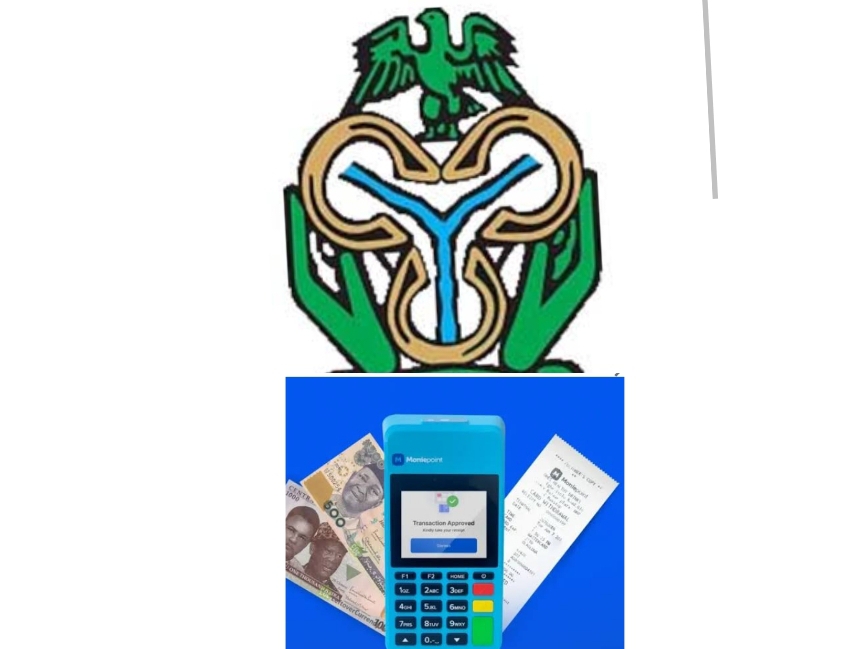Cybersecurity levy: Those affected, who is exempted, things to know about the new CBN policy

The Central Bank of Nigeria, in a recent circular dated May 6, 2024, introduced a new levy called the “Cybersecurity Levy” on all electronic transactions across banks, commercial, and financial institutions.
According to the circular, in compliance with the Cybercrime (Prohibition, Prevention, etc) amendment Act 2024, a levy of 0.5% (0.005) of the value of all electronic transactions specified in the Act is to be remitted to the National Cybersecurity Fund (NCF), under the administration of the Office of the National Security Adviser (ONSA).
This levy, deducted at the source of the transaction, will commence within two (2) weeks for commercial banks and within eight (8) weeks for other financial institutions. It supplements existing transaction charges like stamp duty, electronic levy, and SMS charge.
How does this affect you?
StatiSense analysis revealed that transactions incur varying fees based on their amounts: N5 for every N1000 transaction, N50 for N10,000, and so forth, depending on transaction frequency.
With the cashless policy in effect, the Central Bank of Nigeria (CBN) has introduced additional charges on withdrawals and deposits, including a cybersecurity levy.
Read also:
- Did CBN order extension of old N500, N1,000 notes as post by Aisha Buhari claimed?
- CBN to Nigerian scientists: Go back to the laboratory, develop local COVID-19 cure
- CBN halts proposed sack of workers by banks
- Tinubu launches Consumer Credit Scheme… here’s all you need to know about the scheme
- Nadeem Anjarwalla: What to know about Binance executive who escaped from Nigerian custody
This levy accompanies the reinstatement of a 2% charge on deposits exceeding N500,000 by banks. Non-remittance of the levy incurs penalties, including a fine equivalent to 2% of the defaulting business’s annual turnover. However, certain entities are exempt from this cybersecurity levy, as outlined in the circular.
Those exempted from the cybersecurity levy
However, according to the circular, the following are exempted from the cybersecurity levy:
- Loan disbursements and repayments.
- Salary payments.
- Intra-account transfers within the same bank or between different banks for the same customer.
- Intra-bank transfers between customers of the same bank.
- Other Financial Institutions (OFls) instructions to their correspondent banks.
- Interbank placements.
- Banks’ transfers to CBN and vice-versa.
- Inter-branch transfers within a bank.
- Cheques clearing and settlements.
- Letters of Credits (LCs).
- Banks recapitalization related funding – only bulk funds movement from collection accounts
- Savings and deposits including transactions involving long-term investments such as Treasury Bills, Bonds, and Commercial Papers.
- Government Social Welfare Programs transactions e.g. Pension payments.
- Non-profit and charitable transactions including donations to registered nonprofit organisations or charities.
- Educational Institutions transactions, including tuition payments and other transactions involving schools, universities, or other educational institutions.
- Transactions involving bank’s internal accounts such as suspense accounts, clearing accounts, profit and loss accounts, inter-branch accounts, reserve accounts, nostro and vostro accounts, and escrow accounts.




